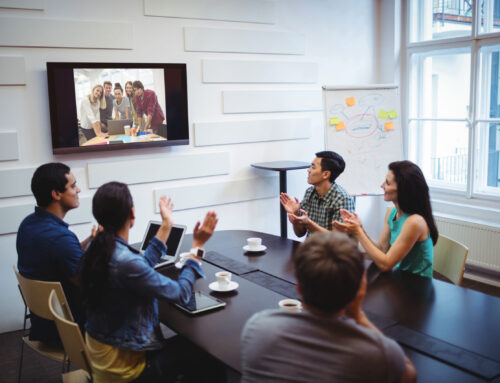Effective Presentation
Creating an effective presentation starts long before you open PowerPoint or gather your design tools. The first, and arguably most crucial, step in the process is understanding your audience. Why? Because no matter how good your slides are or how well-rehearsed your speech is, your message will only resonate if it’s made with your audience in mind.
- Know your Audience
Every audience is different, and knowing their characteristics can guide the tone, structure, and content of your presentation. Ask yourself these questions:
What is my target audience? Professionals, students, or a mix?
Tailoring your words and examples to your target audience’s life experiences will help them understand your message.
If your target audience is familiar with the topic, dive into the advanced understanding. If they’re new, you should simplify the content and provide more detail.
People attend exhibitions for many reasons; some for education, some for inspiration, and some for entertainment. Understanding their motivations will allow you to meet their expectations and engage them.
- Clarify the Purpose
Before you even begin designing your slides or writing out talking points, you need to clearly define the purpose of your presentation. Are you trying to inform, persuade, or inspire action? Having a clear purpose will help ensure that all slides, images, and text support your core message.
- Learn about venues and formats
Is your presentation in person or online? Are you speaking to a small group in a boardroom or a large audience in a conference hall? These factors influence how you’ll design your presentation. For instance, large venues may require more visual content with less text, while smaller, more intimate settings can handle denser material. For virtual presentations, engagement tools like polls or chats might be more effective.
- Engage with Interactivity
Now let’s talk about engagement. Engaging in design means more than just asking some questions during your presentation. It’s about anticipating where your audience’s interest will peak and giving them a chance to engage with your content. This can be done through live polls, Q&A sessions, or even breaking the audience into smaller groups. People are visual, but cluttered or confusing slides can be distracting. Keep your slides simple, using images and infographics instead of supplementing your text.
The TIP here is to use visuals, but use them wisely. People are visual creatures, but a cluttered or confusing slide can distract from your message. Keep slides simple, using images and infographics to complement your words—not replace them.
- Create a story
People forget facts; they remember stories. Frame your presentation like a narrative with a clear beginning, middle, and end. Hook them with an attention-grabbing opener—whether it’s a shocking statistic, an anecdote, or a powerful quote—and then lead them through your key points as though you’re telling a story. Close with a call to action or takeaway that resonates with your audience’s interests and needs.
The first step in creating an effective presentation isn’t about BIG slides or dynamic fonts—it’s about understanding who your audience is and why they’re there. When you build a presentation around the needs and expectations of your audience, every design choice you make from there will have a clear purpose. This approach guarantees that your presentation is not only effective but memorable.
Read more: 5 Steps to a Successful Presentation






